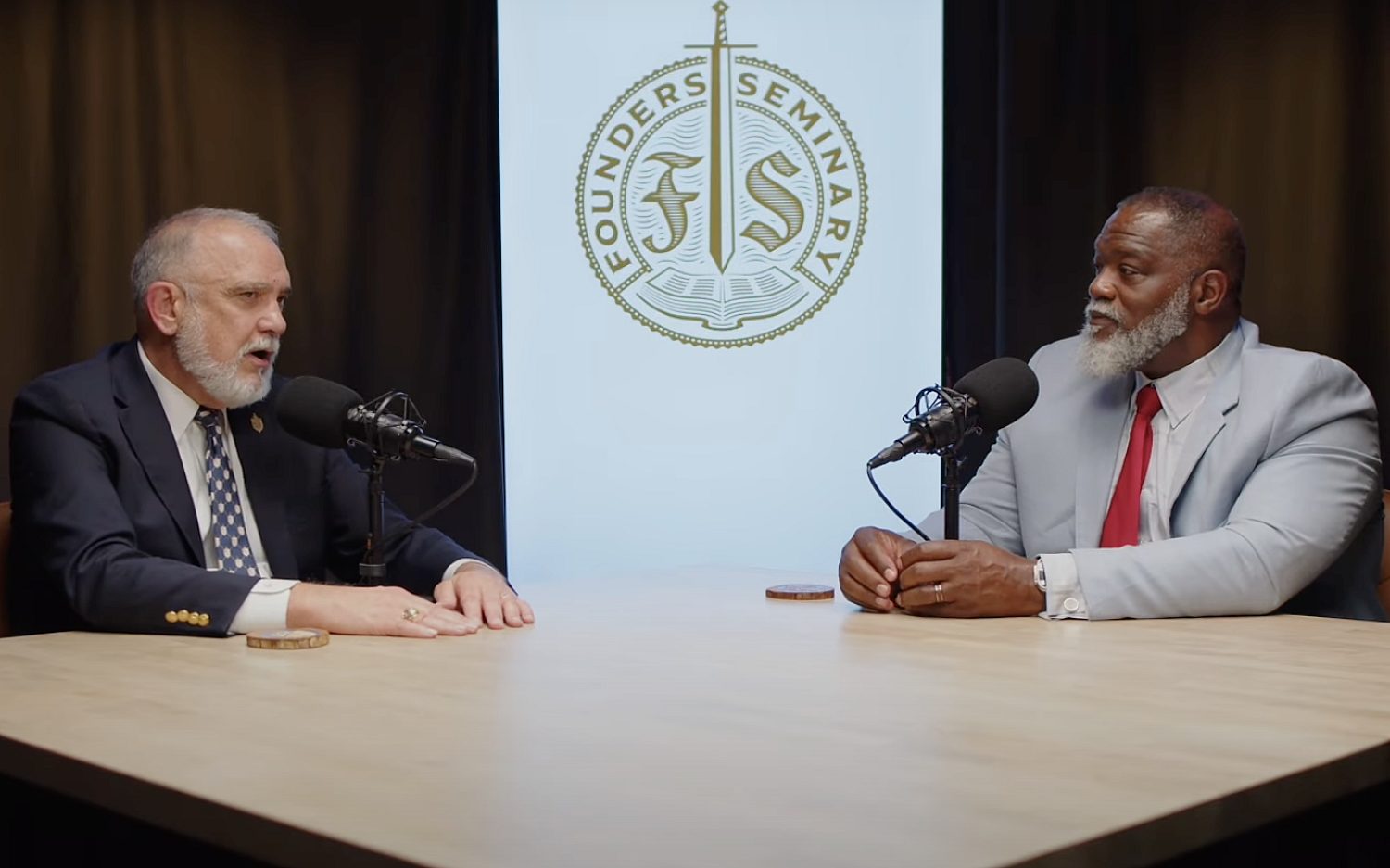Islamic rebels spread terror in the Philippines
Militants mimic Islamic State but analysts say ties between the groups are tenuous at best
As Islamic State (ISIS) militants pummel Syria, Libya, Afghanistan, and other conflicted Middle East countries, Islamic terror is synchronously growing across Southeast Asia. In recent months, the Philippines has seen an uptick in jihadi violence, with Muslim extremists in the country’s restive south claiming a spate of bombings, abductions, and ISIS-style decapitations.
In a fifth day of clashes, Islamic rebel group Abu Sayyaf on Monday killed 15 Filipino soldiers, marking the army’s highest single-day death toll since President Rodrigo Duterte claimed the presidency in June. The bloodshed began last week, when Abu Sayyaf beheaded an 18-year-old kidnapping victim whose family was too poor to pay ransom. Duterte swiftly branded the rebels “enemies of the state” and ordered government troops to “destroy them.”
Abu Sayyaf, which translates to “bearer of the sword,” is a terror group blacklisted by the United States and the Philippines. It’s small, estimated at 400 members, but quickly gaining notoriety as one of the most brutal rebel organizations in Southeast Asia. Based in the mountainous Sulu province, Abu Sayyaf rebels are less classic militants and more jungle guerrilla fighters. Local Filipino forces consider them rogue brigands.
“At the tactical level, the bandits have the edge on mastery of the terrain,” Col. Restituto Padilla Jr., a spokesman for the Armed Forces of the Philippines, told The New York Times. “They have clearly mapped the whole area and know every nook and cranny.”
The militants sometimes distribute ransom earnings in their home villages, Padilla added, buying allies and goodwill: “They have become local Robin Hoods.”
In recent months, Abu Sayyaf has garnered profit through piracy, kidnapping Indonesian and Malaysian tugboat crewmen and snatching cargo along the maritime trade route. For countries sharing a sea border with the Philippines, the new wave of piracy raises concerns.
“We don’t want to see this become a new Somalia,” said Indonesia’s chief security minister, Luhut Pandjaitan.
The Abu Sayyaf clash with Filipino troops came a day after some 70 Maute rebels raided a provincial prison in Marawi city, releasing eight Islamic fighters arrested for possession of a homemade bomb. Earlier this year, Maute militants abducted a soldier and two civilians, draping them in orange shirts before beheading them. The Maute group claims links with ISIS, mimicking the jihadists’ all-black garb and flying a black flag emblazoned with the ISIS insignia.
But analysts say the Filipino connection to ISIS is shaky at best. While both Abu Sayyaf and Maute militants have pledged allegiance to Syrian-based terrorists, ISIS has never officially acknowledged either group. Local government officials say so-called jihadists in the Philippines are motivated by money, not religious ideology, and claim ISIS affiliation purely for prestige.
The Muslim-majority south stands in stark contrast to the rest of the country, where 8 in 10 Filipinos practice Roman Catholicism. Some blame the outgrowth of Islamic extremism on marginalization of religious minorities.
“As long as Muslims continue to be oppressed, there will always be Abu Sayyaf,” said Ghazali Jaafar, vice-chairman of the Moro Islamic Liberation Front, a Filipino separatist group.
According to the BBC, close to 1,000 Filipinos, Indonesians, and Malaysians have left their home countries to join jihad in Syria and Iraq.
An actual newsletter worth subscribing to instead of just a collection of links. —Adam
Sign up to receive The Sift email newsletter each weekday morning for the latest headlines from WORLD’s breaking news team.




Please wait while we load the latest comments...
Comments
Please register, subscribe, or log in to comment on this article.